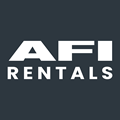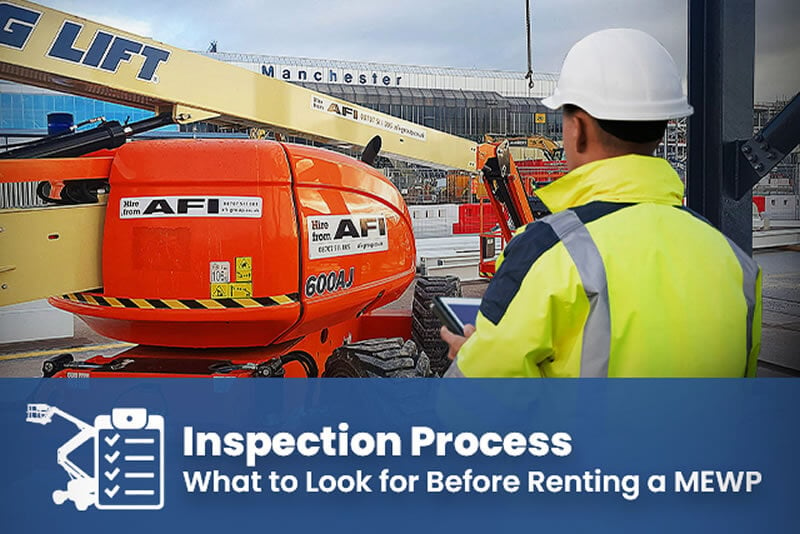A thorough inspection is important before renting a Mobile Elevating Work Platform (MEWP). Following the correct MEWP inspection process ensures safety and compliance with industry standards. This guide explains what to check, from documentation to mechanical parts.
Documentation Verification
Start by verifying essential documents. A valid Lifting Operations and Lifting Equipment Regulations (Loler inspection) certificate must be in place. This certificate should have been issued within the last six months and confirm the equipment's safety for use.
Next, ensure the manufacturer's operator manual is available. This guide contains all necessary safety procedures and operating instructions. Always confirm that a rescue plan is established. This plan details how to respond to emergencies during operation.
Mechanical and Structural Checks
A vital step in the renting MEWP inspection process is checking mechanical parts. Begin with the wheels and tyres. Inspect the wheel nuts for tightness and look for any missing components. Ensure the tyres are free from cuts, splits, or exposed braiding. Also, the tyres must be properly inflated for safe use.
The engine and power source are critical components to check. Confirm that the engine oil, coolant, and fuel levels are within acceptable ranges. Additionally, assess the battery condition. The electrolyte level should be correct, and the battery should be secured.
Fluid leaks can lead to severe issues during operation. Examine the engine area for any signs of leaks. Check all hydraulic systems for leaks, including fluid levels, hoses, pipe connections, and cylinders.
Hoses and Cables
Hoses and cables need close inspection. Look for signs of wear, such as cuts, chafing, or bulging. Ensure that power track cable trays are undamaged and clear of debris.
Structural Integrity
The MEWP inspection process includes assessing the platform’s structural integrity. Carefully inspect the boom and scissor pack for signs of damage, misalignment, or corrosion. Examine all welds for cracks and ensure pins and retainers are secure.
Platform and Safety Features
Inspecting platform access and safety features is vital. Check that steps for access and egress are secure and undamaged. The platform or cage should be free from obstructions.
Guardrails and safety features must also be checked. Ensure entrance gates, guardrails, and retaining pins are secure. Harness anchor points should be intact, offering safety during operation.
Next, verify the condition of all decals and signage. Safety, warning, and information decals should be clear and legible. Ensure load limits and wind speed warnings are easy to read.
Controls and Emergency Systems
All control systems must be tested. Ensure that joysticks, switches, and emergency stops move freely. None of the controls should stick. Test the emergency lowering system to ensure it functions as expected.
Additionally, check safety devices. The function enables systems, ignition keys, and foot switches to operate correctly.
Ground and Workplace Assessment
The renting MEWP inspection also requires assessing the construction site. Ground stability is essential for safe operation. Check for any uneven surfaces, holes, or unstable areas where the platform will be used.
Look for potential overhead hazards. Power lines, building structures, or trees can obstruct the platform's movement. Identifying these hazards beforehand prevents accidents.
The surrounding area must be clear of obstacles. Remove any debris or stockpiled materials from the workspace. Ensure moving machinery or vehicles will not interfere with the platform hire operation.
AFI-Rentals and Loler Inspections
Loler testing nearby is often a concern for businesses' hiring platforms. It is important to choose a company that prioritises safety. AFI-Rentals offers regular Loler inspections to ensure all platforms are safe to use. They guarantee compliance with safety standards and provide reliable equipment for your needs.
AFI-Rentals delivers professional service and is committed to customer safety. Their expert team conducts detailed inspections to ensure equipment is fit for purpose.






